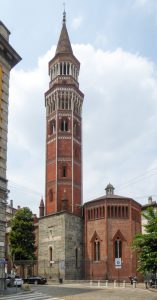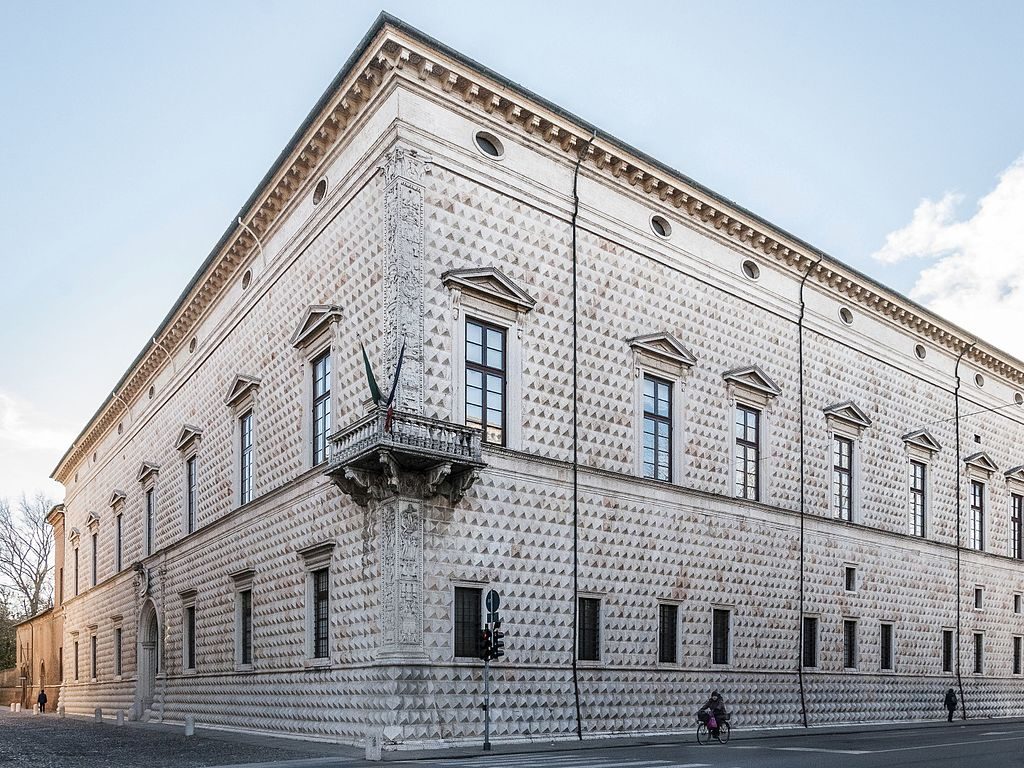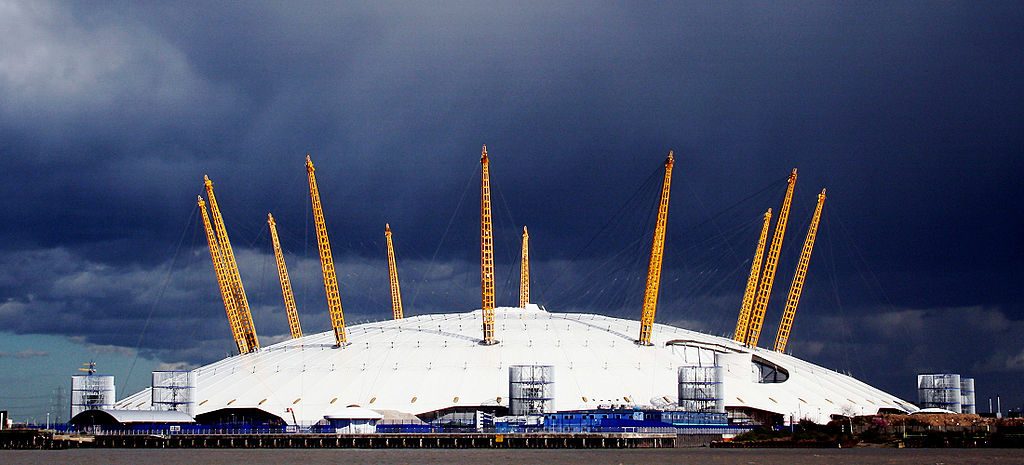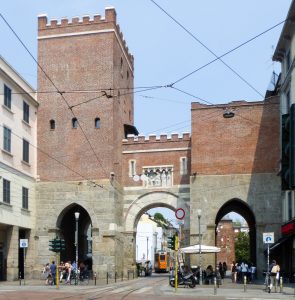I was shocked to realise that I received my Ph.D. twenty years ago this year. Because the subject I chose – an examination of the writings on art and architecture of the Bolognese notary and author Giovanni Sabadino degli Arienti (c. 1443-1510) – divided neatly into two halves, it was never really book-shaped, and so the only real publications I’ve managed to extract from it over the years were my Apollo article on looking at coins (which I wrote about recently here),1 and two articles in books, based on the second half of the thesis, which dealt with the concept of magnificence.2

Magnificence is a subject dear to my heart. It has its roots in Aristotle who, in his Nicomachean Ethics,3 counted it amongst the moral virtues. It consisted of spending large sums of money on suitable but grand and stylish things (the notion of decorum is very important to the virtue).
Magnificence therefore provided a suitably classicising theoretical justification for the extensive architectural patronage of many renaissance patrons and, although often associated in the recent literature with the aspirational bourgeois Medici, during the Renaissance it was seen as particularly fitting for the aristocratic rulers who governed much of Italy during the fourteenth, fifteenth and sixteenth centuries: the Aragonese kings of Naples, the Visconti of Milan, the Este of Ferrara, and so on. Indeed, I argued in my paper on ‘Republican anxiety and courtly confidence’ that magnificent architectural display was only accepted without reservation or qualification in court circles. It therefore gives us a properly renaissance concept with which to examine the architecture of the period.


For renaissance commentators, magnificence lay in the appropriate spending of large sums of money on public display, most notably in building projects, although it could also be displayed in expenditure on public festivities such as the reception of important visitors, or jousts and tournaments. Strictly speaking, it is an epithet that should be applied to people, but magnificence has also often been used as a concept with which to describe those people’s patronage – particularly their buildings. And some of the authors who wrote on the subject (notably Arienti) provided such detailed descriptions of the works they considered magnificent that we can identify what constituted architectural magnificence to the informed renaissance observer: ornament, elaboration, and a classical style; scale; lavish materials; and comfort and amenities. This is borne out by Pontano’s explicit statement that magnificence lies in ornament, scale, excellence of materials, and durability. This gives us access to a specifically renaissance critical vocabulary with which we can assess architectural patronage from the period – an architectural version of Baxandall’s ‘period eye’. (Interestingly, Aristotle himself states that a magnificent work is inherently more showy than one that results merely from liberal expenditure: the magnificent patron gets more bang for their buck.)


But these are not purely renaissance concerns. Writing up my research in the run up to the millennium, it struck me that many of the debates about the Millennium Dome (the O2 to younger readers), what should go into it, and whether it was worth all the money that was spent on it, were in fact debates about magnificence – about the suitable expenditure of large sums of money on public building projects.
All of which is a long lead into the news that, having been approached to write an article on ornament for the forthcoming Springer Encyclopedia of Renaissance Philosophy, edited by Marco Sgarbi, I instead suggested that I write on magnificence. I spent some time on this a couple of years ago, and the resulting article was finally published last week.4 I think it gives a reasonable (and reasonably short) introduction to the subject, as well as a decent list of the most significant primary sources and most relevant secondary literature. Alas, it’s behind a paywall, but those of you with institutional access should be able to read it at the link above.

As it was so long since my original research, I ended up doing far more (re-)reading on magnificence than this comparatively brief encyclopaedia entry probably warranted; so I now have substantial notes and bibliographies on the subject. I’d like to make these more widely available, perhaps as an annotated and indexed bibliography – though I suspect this may take longer than any of us would consider reasonable. I’ll keep you posted, though I wouldn’t advise anyone holding their breath.
Notes
- Rupert Shepherd, ‘A Letter Concerning Coins in Sixteenth-century Ferrara’, Apollo, Volume CXLIX, Number 443 (New Series) (January 1999), pp. 40-43; full text. [↩]
- Rupert Shepherd, ‘Giovanni Sabadino degli Arienti and a Practical Definition of Magnificence in the Context of Renaissance Architecture’, in Mary Rogers and Francis Ames-Lewis eds, Concepts of Beauty in Renaissance Art, (Aldershot: Ashgate, 1998), pp. 52-65; Rupert Shepherd, ‘Republican Anxiety and Courtly Confidence: The Politics of Magnificence and Fifteenth-Century Italian Architecture’, in Michelle O’Malley and Evelyn Welch, eds, The Material Renaissance: Costs and Consumption in Italy, c.1400-1650, (Manchester: Manchester University Press, 2007), pp. 47-70. [↩]
- Aristotle, Nicomachean Ethics, II.vii.6 (1107 b) and IV.ii (1122 a – 1123 a). [↩]
- Rupert Shepherd, ‘Magnificence’, in Marco Sgarbi, ed., Encyclopedia of Renaissance Philosophy, (Springer International Publishing, 2017); DOI 10.1007/978-3-319-02848-4_232-1. [↩]
